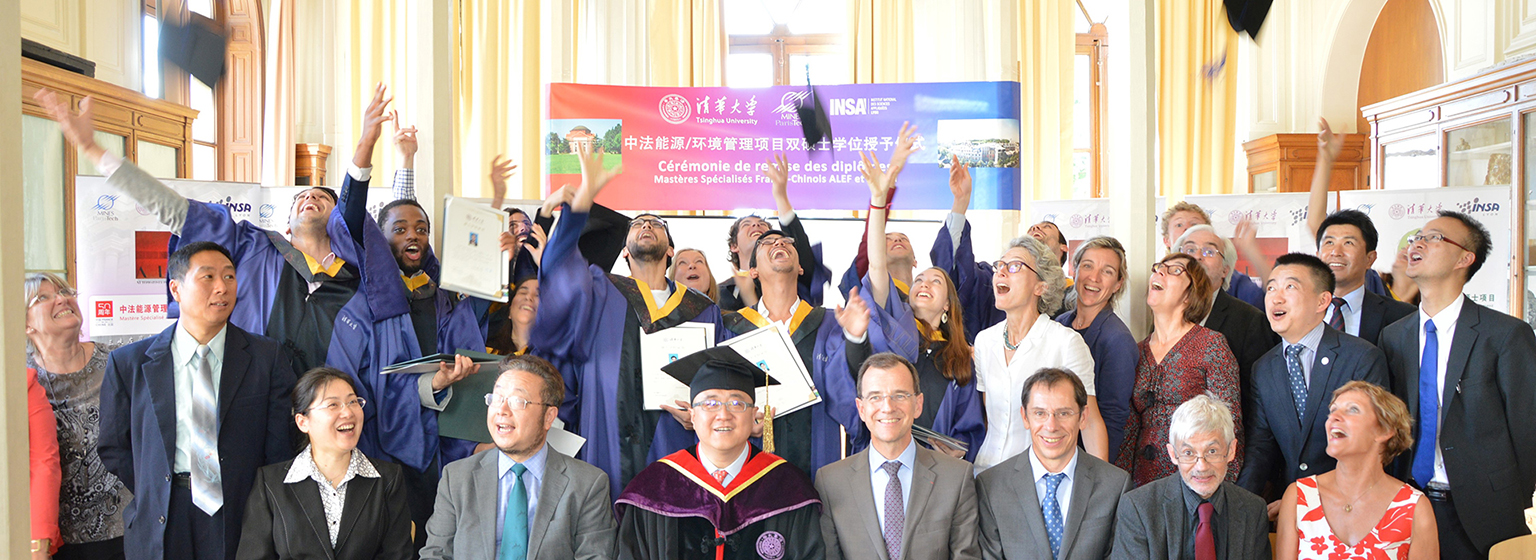課程編號:70050353
課程名稱:大氣化學傳輸模型Atmospheric Chemical Transport Model
課程學時:48
課程學分:3
授課語言:英文
課程簡介:大氣化學傳輸模式是目前國際上通用的用于研究和解決大氣污染控制及污染物跨境傳輸問題的一個重要工具和手段。本課程介紹污染物在全球大氣中進行傳輸和轉(zhuǎn)換所涉及到的物理學、動力學及化學過程,重點在于講述這些過程的數(shù)學建模理論及其在全球大氣化學傳輸模式中的實現(xiàn)過程。典型的物理學和動力學過程包括平流傳輸、湍流傳輸、對流傳輸、地表吸附、干濕沉降等。典型的化學過程包括光化學反應、氣液相間的非均相反應等。課程會具體介紹幾種國際上先進的全球大氣化學傳輸模式的構造與技術細節(jié),并與區(qū)域、城市尺度的模式進行對比。通過對指定的英文文獻的閱讀與討論來深入了解大氣化學傳輸模式在研究全球性污染物(如臭氧、顆粒物、汞等)跨境傳輸問題中的應用,以及大氣化學傳輸模式在環(huán)境政策制定的過程中所起到的積極作用。本課程還結合中國特定的氣候環(huán)境和大氣化學環(huán)境,介紹大氣化學傳輸模式在我國空氣質(zhì)量保障任務、污染物減排政策的效用評估、空氣質(zhì)量變化趨勢預測等方面的應用。本課程的教學目標是使學生了解并掌握上述知識,并實際操作應用大氣化學傳輸模型,挖掘?qū)W生提出并嘗試解決科學問題的潛力。
Atmospheric chemical transport models (CTMs) are important tools in improving current understanding of air pollution control and trans-boundary transport of air pollution. The course covers major physical, dynamical, and chemical processes involved in the transport and transformation of important air pollutants in the global atmosphere. The course focuses on the mathematical realization and simulation of these processes by CTMs. Typical physical and dynamical processes to be covered by the course include advection, turbulence, diffusion, convection, and deposition. Typical chemical processes include photochemical reactions in the troposphere, aerosol chemistry, and heterogeneous reactions.
The course will specifically introduce the construction and technical details of several state-of-the-art global CTMs and compare them with regional and urban scale models. Readings and discussions of assigned English literature will provide insight into the application of atmospheric chemistry transport models to the study of transboundary transport of global pollutants (e.g., ozone, particulate matter, mercury, etc.) and the active role of CTMs in the development of environmental policy. This course also introduces the application of CTMs in China's air quality assurance tasks, the assessment of the effectiveness of pollutant reduction policies, and the prediction of air quality change trends in the context of China's specific climatic and atmospheric chemical environment. The pedagogical objectives of this course are to enable students to understand and master the above knowledge and to apply atmospheric CTMs in a practical manner, and to explore the potential of students to formulate and attempt to solve scientific problems.





